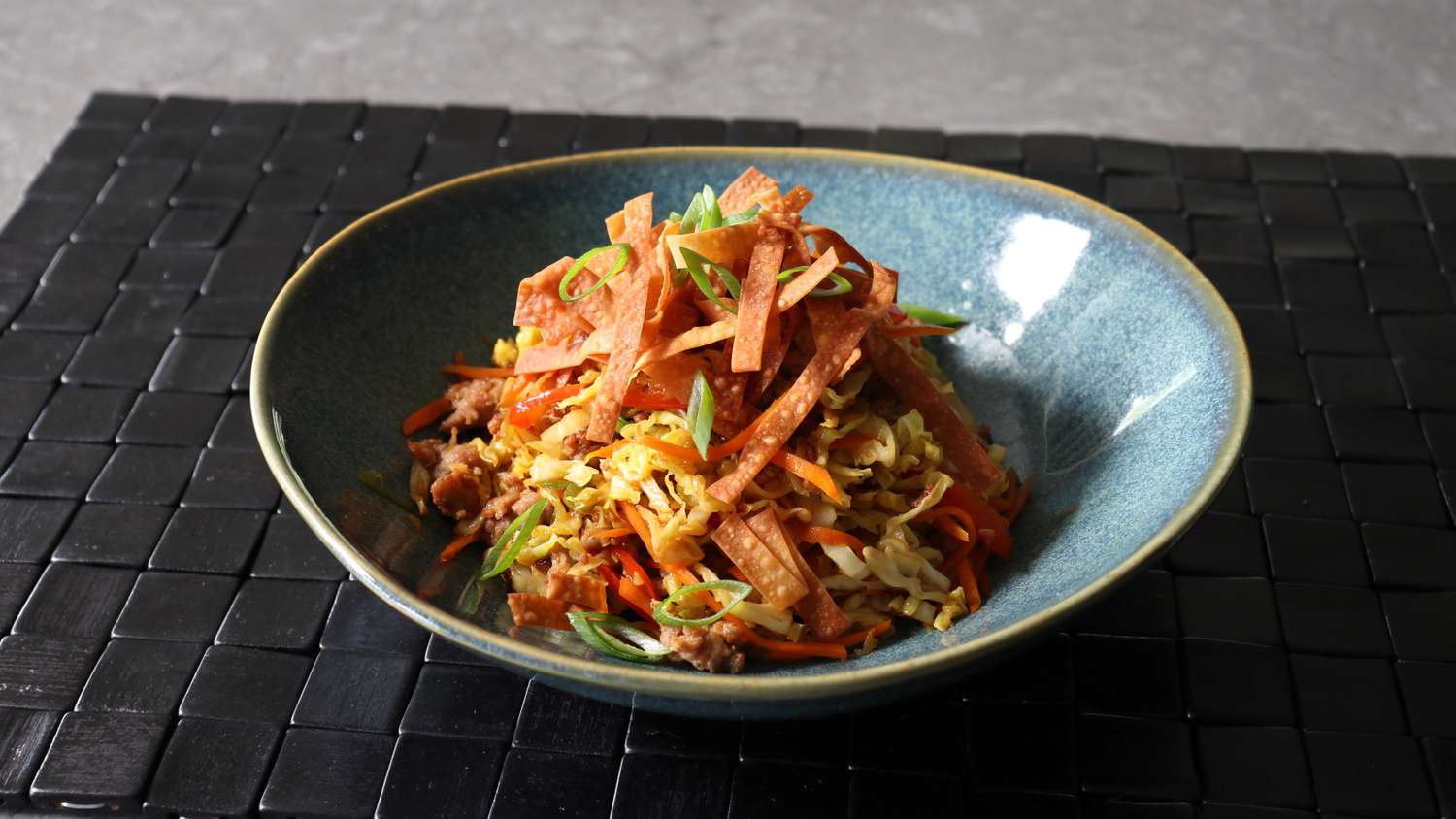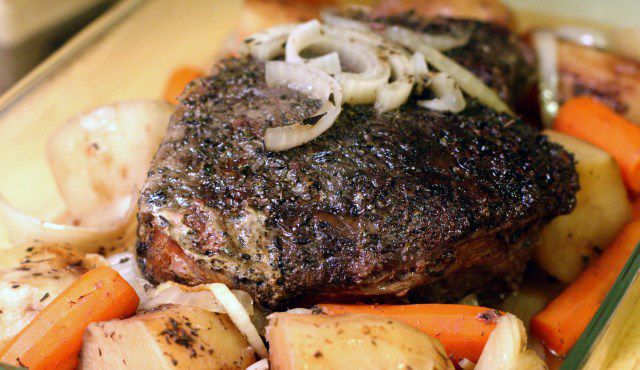You may have seen this curious green or purple bulb at your local grocery store or farmer’s market and wondered what it is or how to cook it. Kohlrabi grows with a short period from seed to harvest, so they’re plentiful come early winter though their ease of growth makes them available year-round. Learn how to cook, enjoy, and store this cabbage-like crop.
What Is Kohlrabi?
Kohlrabi, also known as German cabbage, is a cruciferous vegetable in the cabbage family. Kohlrabi is also related to other cruciferous veggies and plants in the brassica genus, like Brussels sprouts, kale, broccoli, turnips, and cauliflower, often known for their distinct scent. Kohlrabi is best described as a lovely combination of cabbage, turnips, and broccoli stalk.
Nearly all brassicas are the result of the intentional breeding of one plant. For example, broccoli was selected to encourage big, bushy tops, while kale was selected for large, filly leaves. Kohlrabi has been selected to favor the stem in a big way. It may look like a root vegetable, but its bulbous base is surprisingly grown above the ground, with giant plumes of leaves growing out of the top.
You’ll be able to spot kohlrabi at the grocery store or your local farmer’s market by its unique look; it looks like a bulb of broccoli stem (which is sometimes purple) with big leaves like kale growing out the top. Sometimes, it’s sold without the leaves, in which case it looks more like a light green softball.

Get the recipe:Okra and Kohlrabi Vegan Breakfast Hash
What Does Kohlrabi Taste Like?
Since kohlrabi is closely related to other cruciferous veggies, it tastes very similar to them. The flavor is very similar to a broccoli stalk, with a slight sharpness reminiscent of a turnip. The texture of kohlrabi is crunchy and snappy. Cooking brings out some of its delicate sweetness, while raw preparation highlights its green and cruciferous flavor.
Types of Kohlrabi
Kohlrabi is harvested in the summer and then again in early winter. The summer variety is smaller and a bit more delicate with a sweeter flavor, while the winter version is heartier and usually much larger. Generally, you want to look for smaller kohlrabi of either harvest, as the smaller bulbs will have a more condensed flavor and the best texture. Like broccoli, it can get tough, fibrous, and woody when grown too large.
There are countless different individual species of kohlrabi, but visually, it usually comes in purple or green. In both varieties the interior is still a light green or white; the only difference is the color, the taste is basically the same. The skin on the exterior of the purple variety can sometimes be slightly thicker, but that doesn’t affect the overall flavor.
How to Cook Kohlrabi
Kohlrabi can be eaten both cooked and raw. It’s a great addition to shaved slaw and loves to co-mingle with other crunchy cruciferous veggies like cabbage. But for a slaw where the flavor of the kohlrabi is the star of the show, try pairing it with matchsticks of tart apple and some thin slices of celery. Kohlrabi is also incredibly versatile when cooked. It makes an incredible puree, a perfect base for roasted chicken thighs or pan-fried pork chops with stewed apples or sauteed lemony kale.
A staple of Eastern European cooking, kohlrabi is right at home in a steaming pot of stew or soup, especially with a dollop of sour cream or creme fraiche on top. Kohlrabi plays well with root veggies, so cube them, toss them on a sheet tray with things like potatoes, carrots, turnips, or rutabaga, and roast until a deep golden brown for the perfect cozy side dish.
If you happen to snag kohlrabi with leaves still attached, don’t toss them! They’re edible and highly delicious. Similar in flavor to kale and collards, kohlrabi leaves saute and steam well. You can even shave them thin and eat them raw in a salad or mixed into a scramble for some extra veggies in the morning.
How to Store Kohlrabi
Kohlrabi is a winter-hardy vegetable, so it has a relatively long shelf life once you bring it home. Store it in the fridge with the leaves removed to extend its longevity. If you have an extra plastic produce bag with holes or perforations for your kohlrabi to breathe, that’s an ideal storage solution. If you notice any brown spots or the bulb starts to feel soft, it’s time to toss it.
Related:
- 5 Fun Ways to Make Broccoli Your Family Will Eat
- All About Cabbage: How to Pick, Store, and Prep
- How to Store Kale to Keep It Fresh and Crisp




